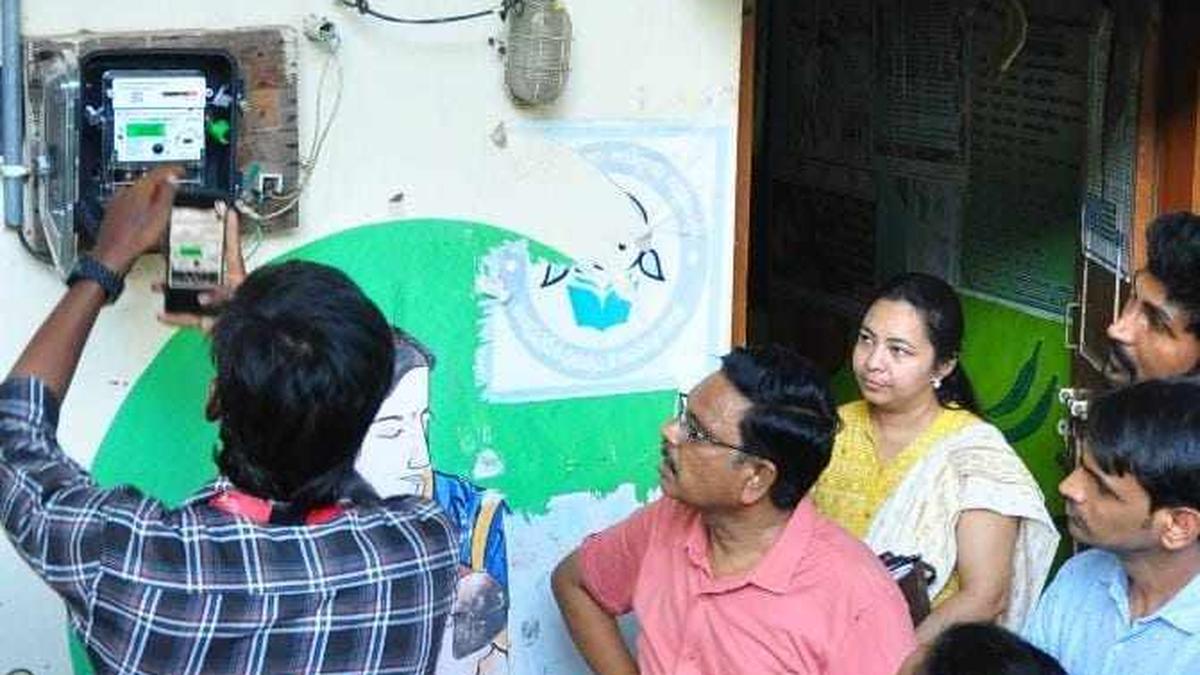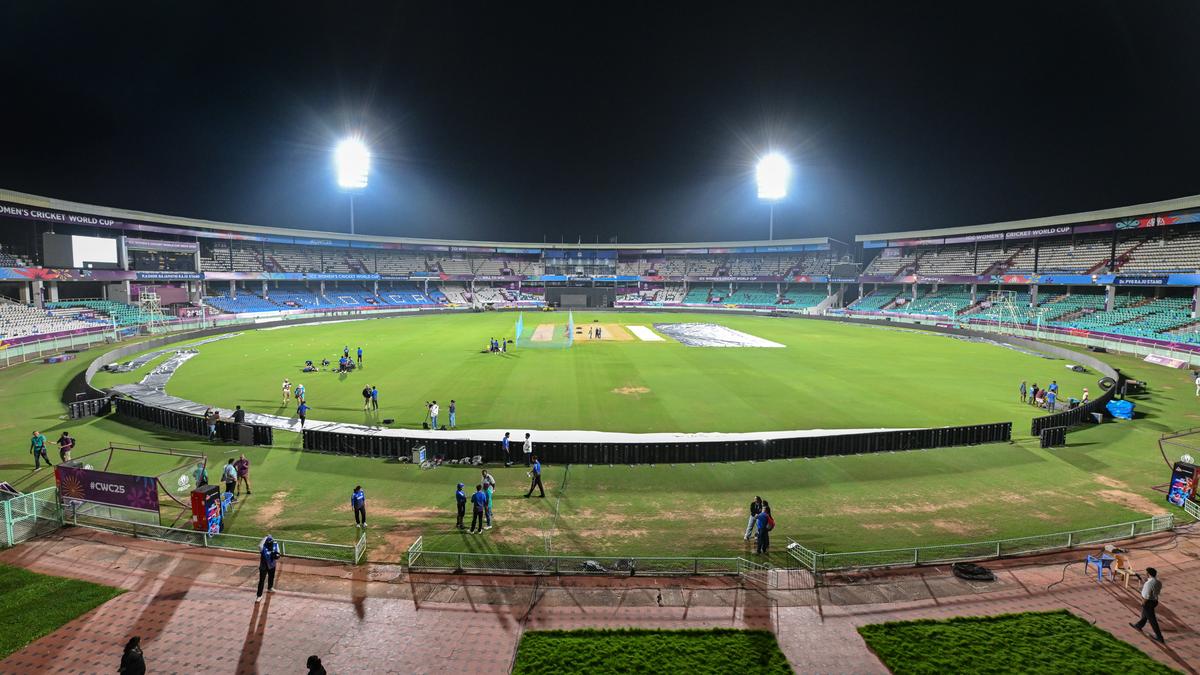
The ToD tariff is linked to Smart Meters, which enable accurate tracking of energy consumption at different times.
| Photo Credit: Special Arrangement
Andhra Pradesh Eastern Power Distribution Company Limited (APEPDCL) is working on the implementation of ‘Time of Day (ToD) Tariff’ for domestic consumers (households), which will help the consumer save on electricity bills, effectively maintaining the uninterrupted power supply during the peak hours.
Under the Electricity (Consumer Rights) Amendment Rules, 2023, the ToD tariff has been in effect for industrial and commercial consumers since 2024, through which consumers can manage their consumption and reduce bills.
ToD Tariff is a pricing system for electricity that varies based on the time of consumption, with lower tariffs during the ‘off-peak hours’ and higher tariffs during the ‘peak hours’ (when demand is high). This system helps manage peak demand, reducing pressure on the power grid.
Electricity prices are not fixed but vary throughout the day under the ToD tariff system.
Electricity is cheaper during the window specified by the DISCOM. However, the ToD tariff is linked to ‘Smart Meters’, which enable accurate tracking of energy consumption at different times.
“We are working on ToD tariff and trying to convince consumers to adopt Smart Meters, which can help them save on electricity bills. The ToD system is already being implemented for industrial and commercial consumers with peak demand of more than 10kW. If it is implemented, domestic consumers, mostly living in 4BHK houses, can avail of the benefits,” an APEPDCL official told The Hindu on the condition of anonymity on Thursday.
For ToD, the DISCOM will categorise the time interval of consumption as peak hours and non-peak hours. It can fix a separate unit price for non-peak hours and a general price or more for peak hours. The unit charges for non-peak hours are lower than those for peak hours.
“It is useful for consumers to schedule some electricity-dependent tasks such as washing clothes, running electric cooking appliances and bore-well motors, charging motor vehicles for the non-peak hours, mostly between 10 a.m. and 4 p.m. Peak hours are between 6 p.m. and midnight. However, everyone is using ACs, and the peak hours have become common for all seasons. Earlier, peak hours could be seen in summer,” the official said.
Currently, APEPDCL’s maximum power demand per day ranges from 3,800 MW to 4,000 MW during the peak hours and 3,000 MW to 3,500 MW during the off-peak hours. The DIscom has more than 70 lakh electricity consumers under its purview.
More details on the tariff rates will be announced shortly, the officials said.
Published – September 27, 2025 12:34 am IST



